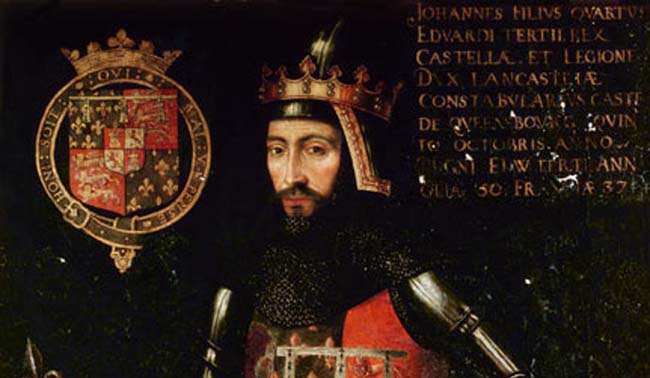
Despite being regarded as heretical by many influential people, the pre-Protestant Christian movement Lollardy built up a strong network of supporters in the years before 1400. This article explores the reasons for its popularity.
John Wycliffe’s leadership
John Wycliffe’s radical outlook on religious matters appealed to many as a response to existing concerns about the Church. From an idealistic standpoint, Wycliffe’s promise of a truer version of Christianity based on a greater closeness to scripture appealed to those who felt the Church had become self-serving and greedy.
 Watch Now
Watch NowEqually among lay elites there were anxieties about the extent of the Church’s worldly power and Lollardy offered a theological justification to place checks on that power.
Wycliffe was not wholly a radical though. When the Peasant’s Revolt of 1381 claimed Lollardy as its ideology, Wycliffe repudiated the revolt and sought to distance himself from it. In doing so he aimed to continue to cultivate support among powerful political figures like John of Gaunt rather than attempt to enforce Lollardy through violent rebellion.

John Wycliffe.
Powerful protectors
Wycliffe remained under the protection of Oxford University for a long time. Despite his controversial views it was the opinion of others within the university that he ought to be allowed to continue his work in the name of academic freedom.
Outside the university environment his most conspicuous supporter was John of Gaunt. John of Gaunt was one of England’s most powerful noblemen and had anti-clerical leanings. He was therefore prepared to protect and support Wycliffe and the Lollards against other powerful figures who wished to stamp out the movement. When he left the country in 1386 it was a great blow to the Lollards.
 Watch Now
Watch NowOddly, it would be his own son, Henry IV, who would provide the most effective monarchical opposition to the Lollards.
Friends in high places
Aside from public supporters like John of Gaunt, Lollardy had other more discrete sympathisers. Under Richard II, a number of chroniclers noticed the presence of a group of Lollard Knights who were influential at court and, although not openly rebellious, helped to shield Lollards from reprisals of the kind that would have normally affected medieval heretics.
The Lollard Knights were likely not particularly seen as Lollard supporters by their contemporaries but their sympathies nonetheless contributed to the movement’s survival.

A 19th century imagining of Wycliffe addressing a group of Lollards.
This all changed in 1401 when Henry IV passed a law allowing the burning of heretics and prohibiting the translation of the Bible. Consequently, Lollardy became an underground movement and many of its supporters were put to death for their convictions.














